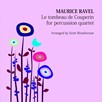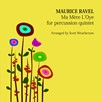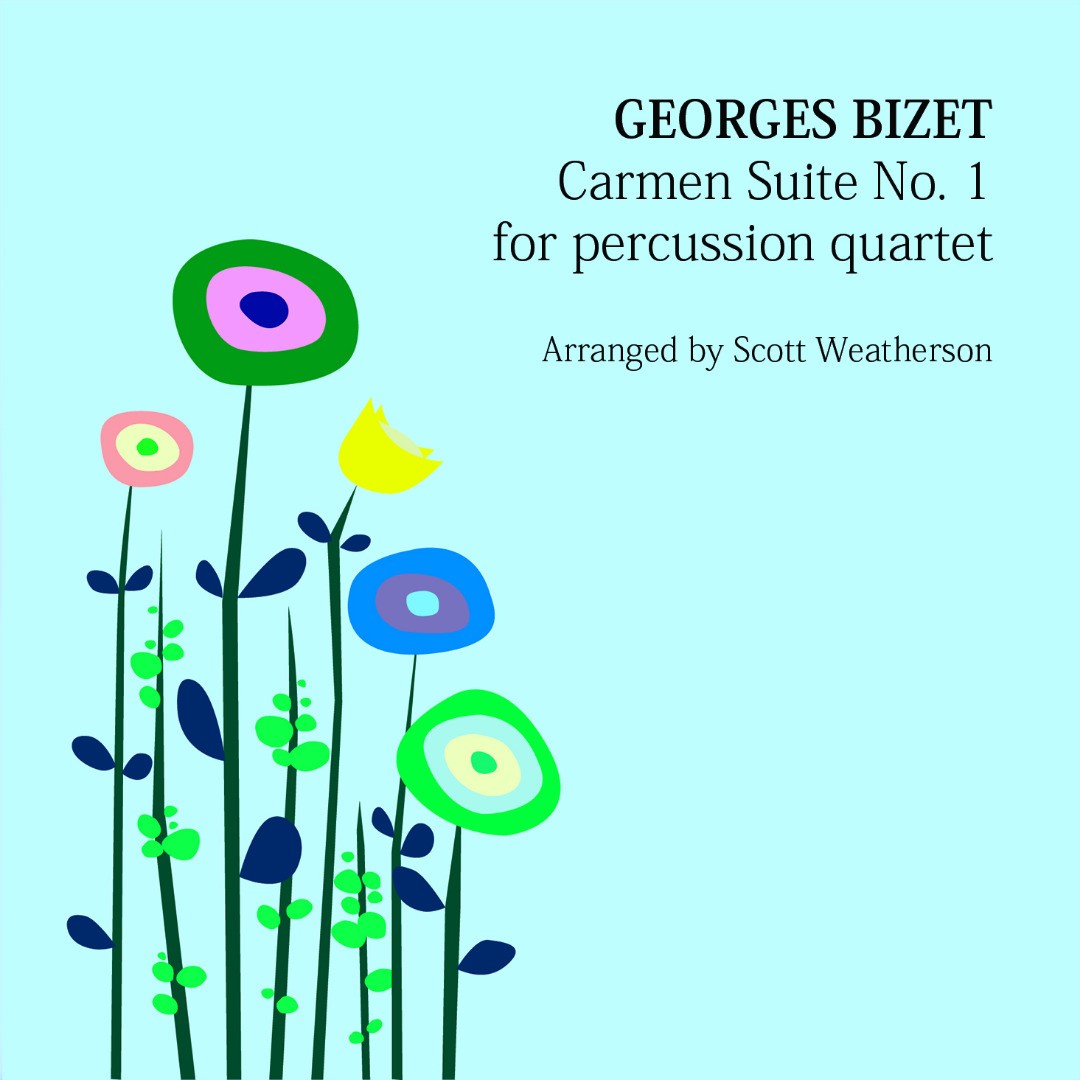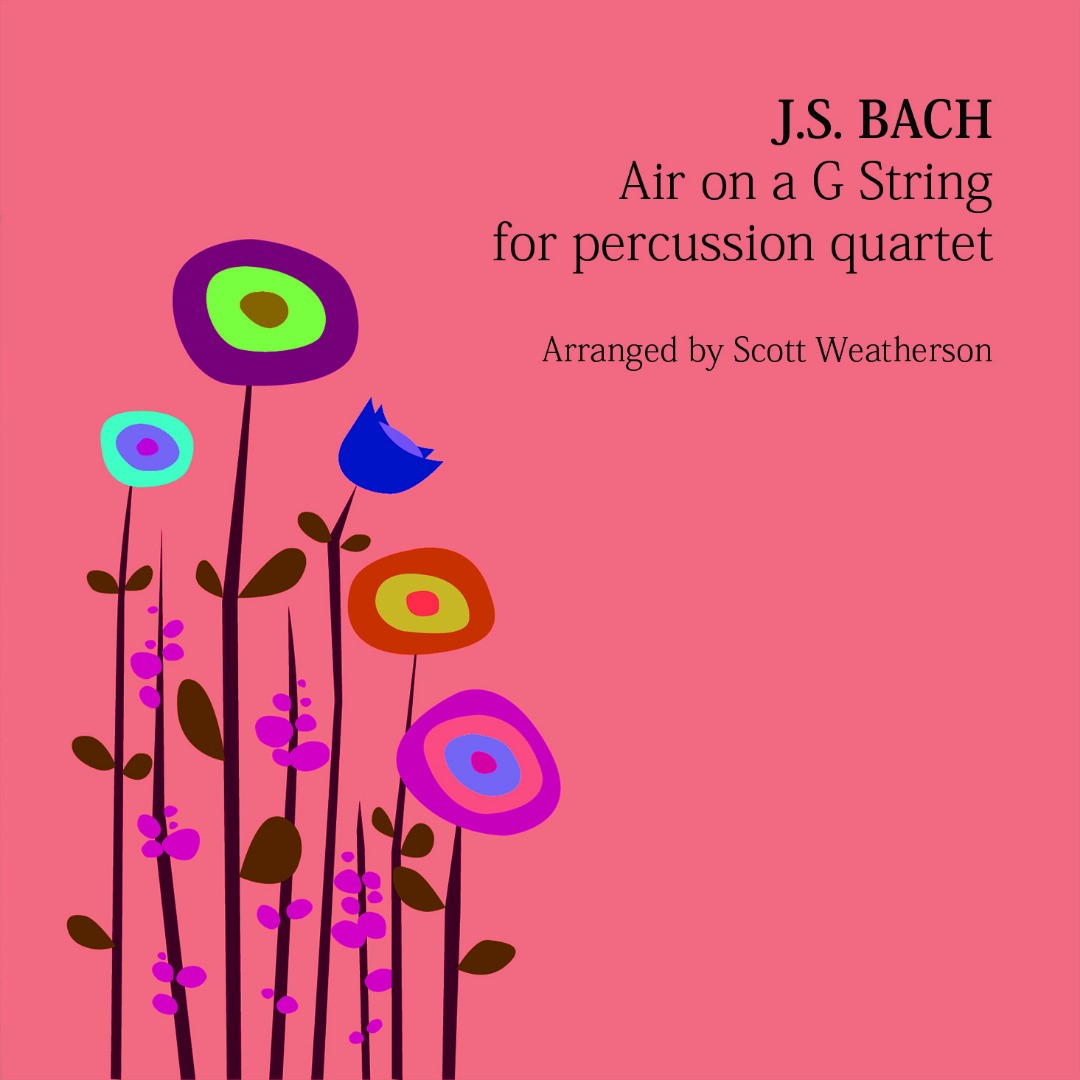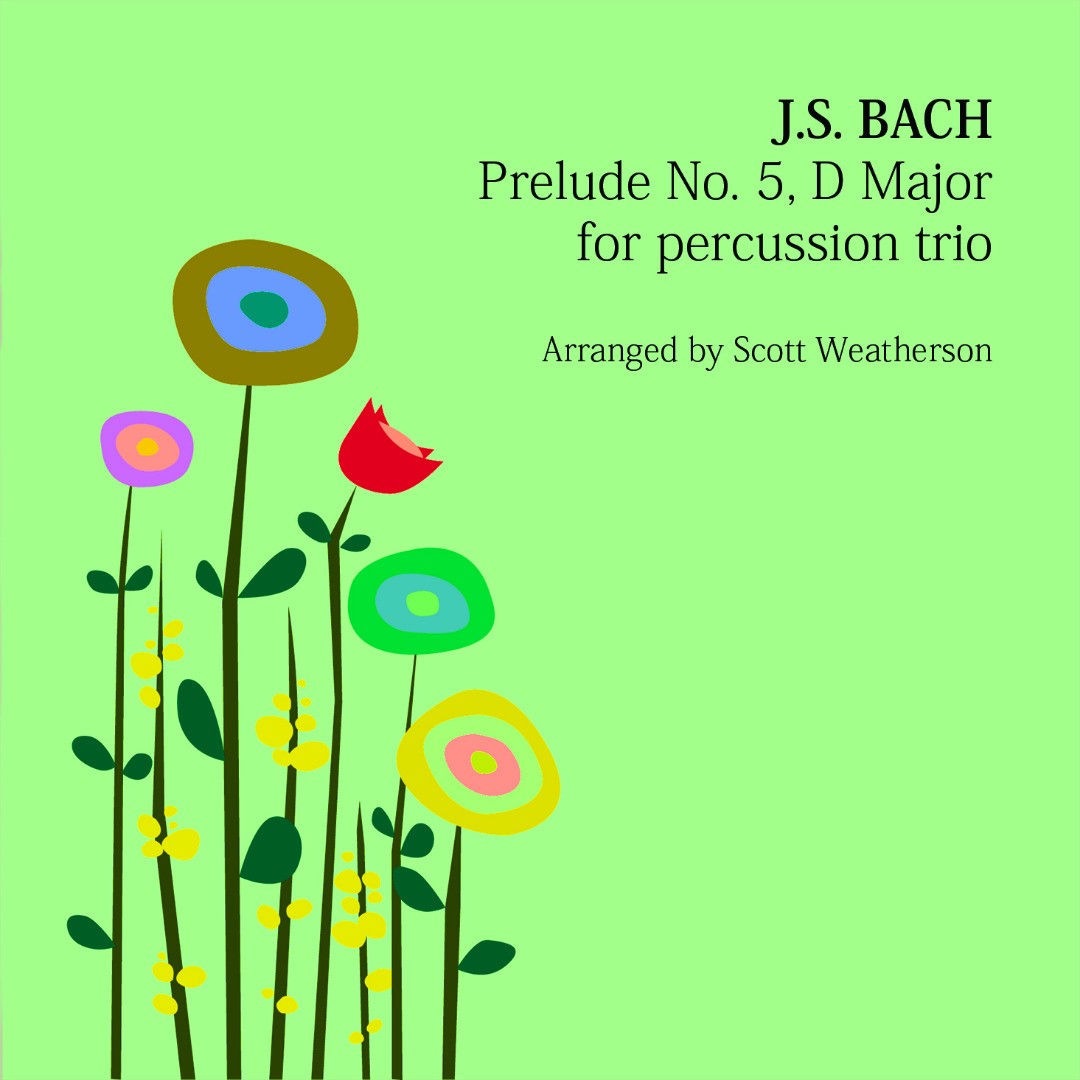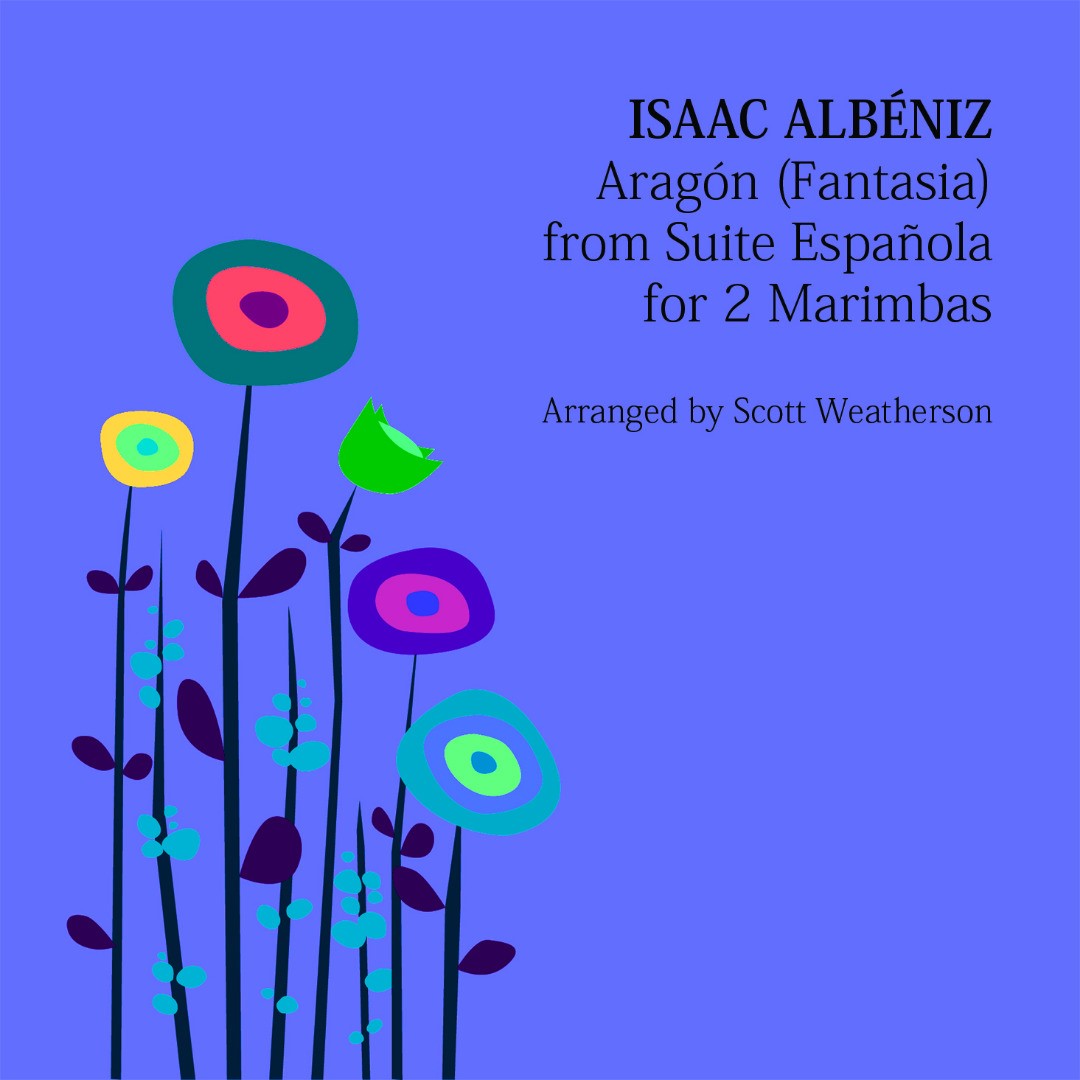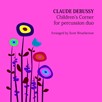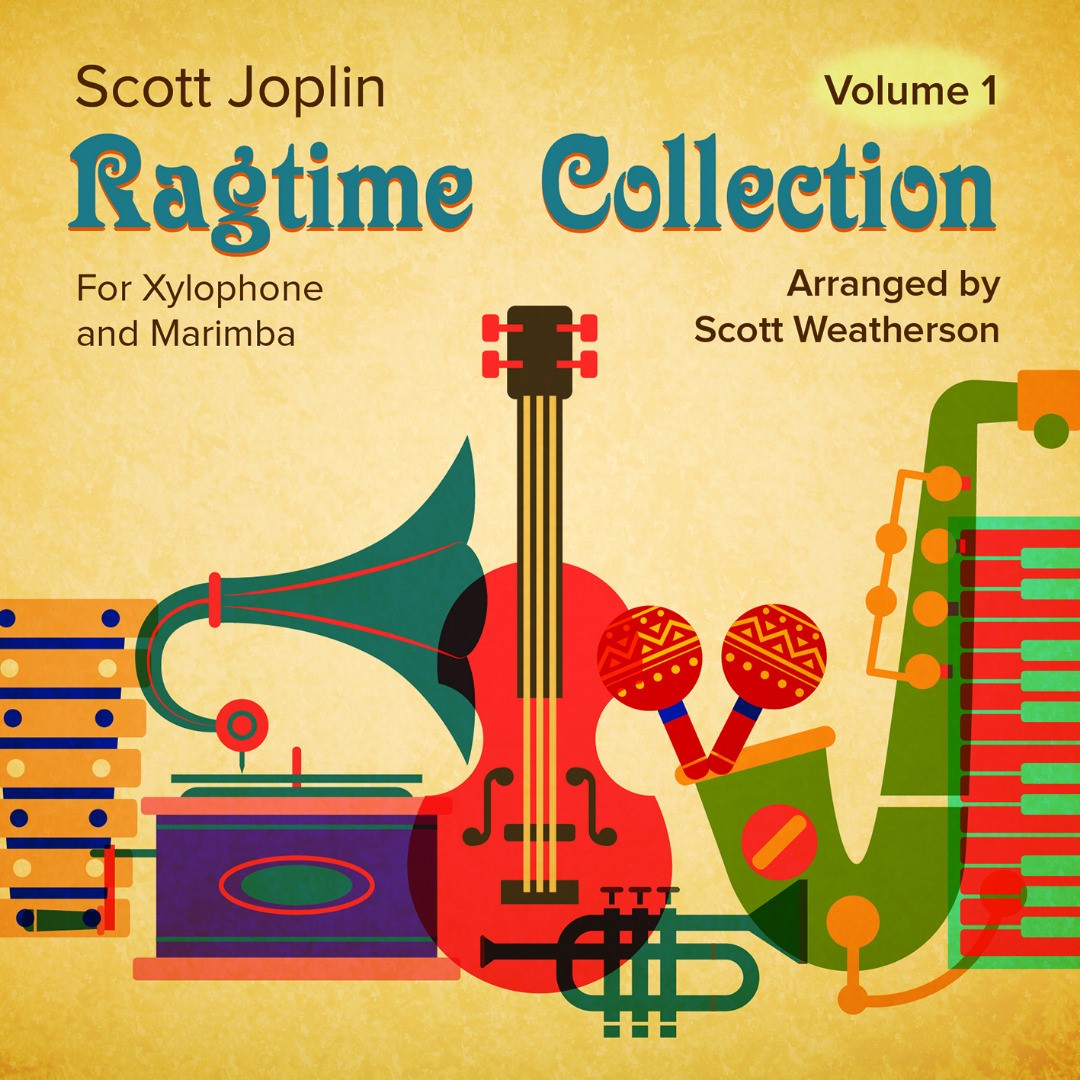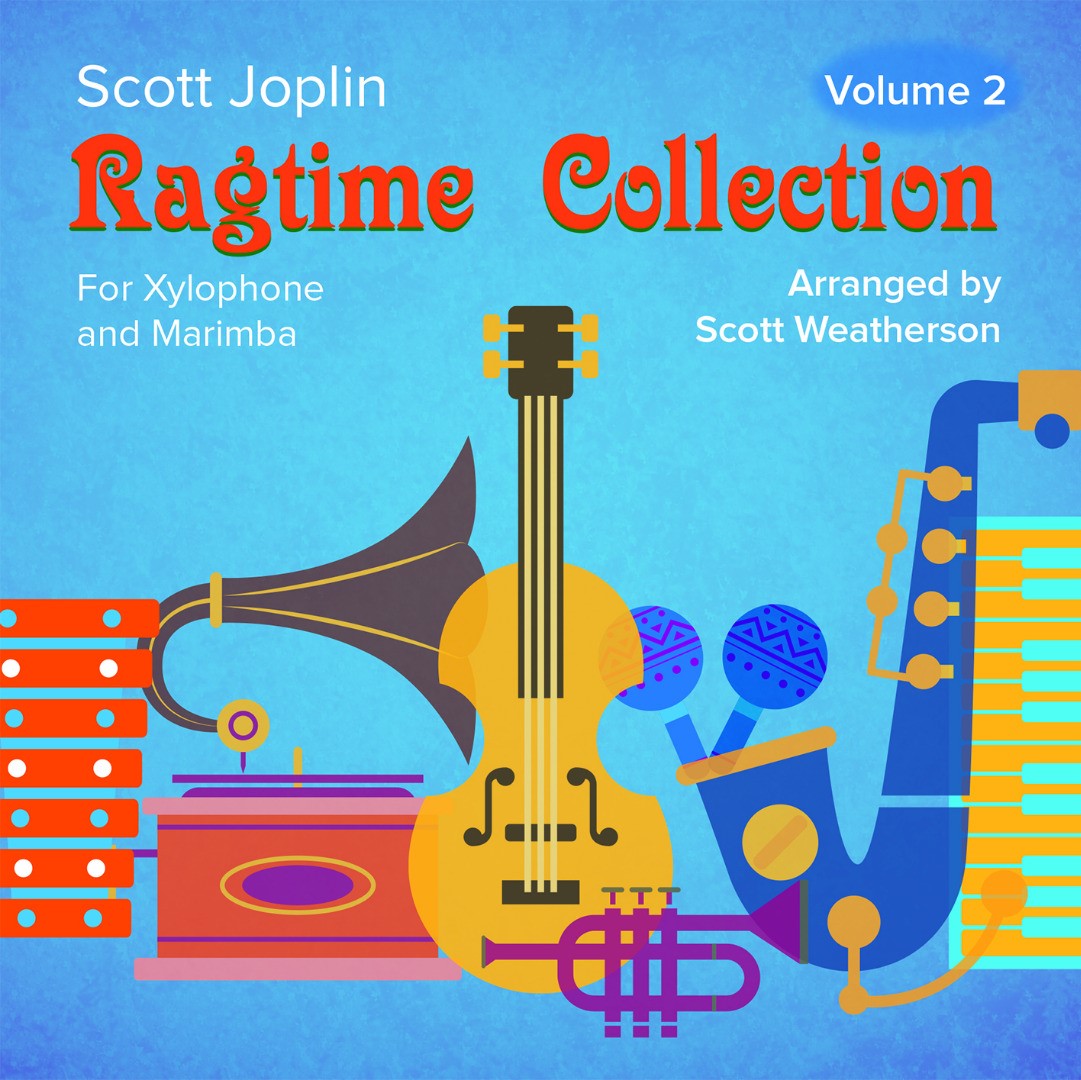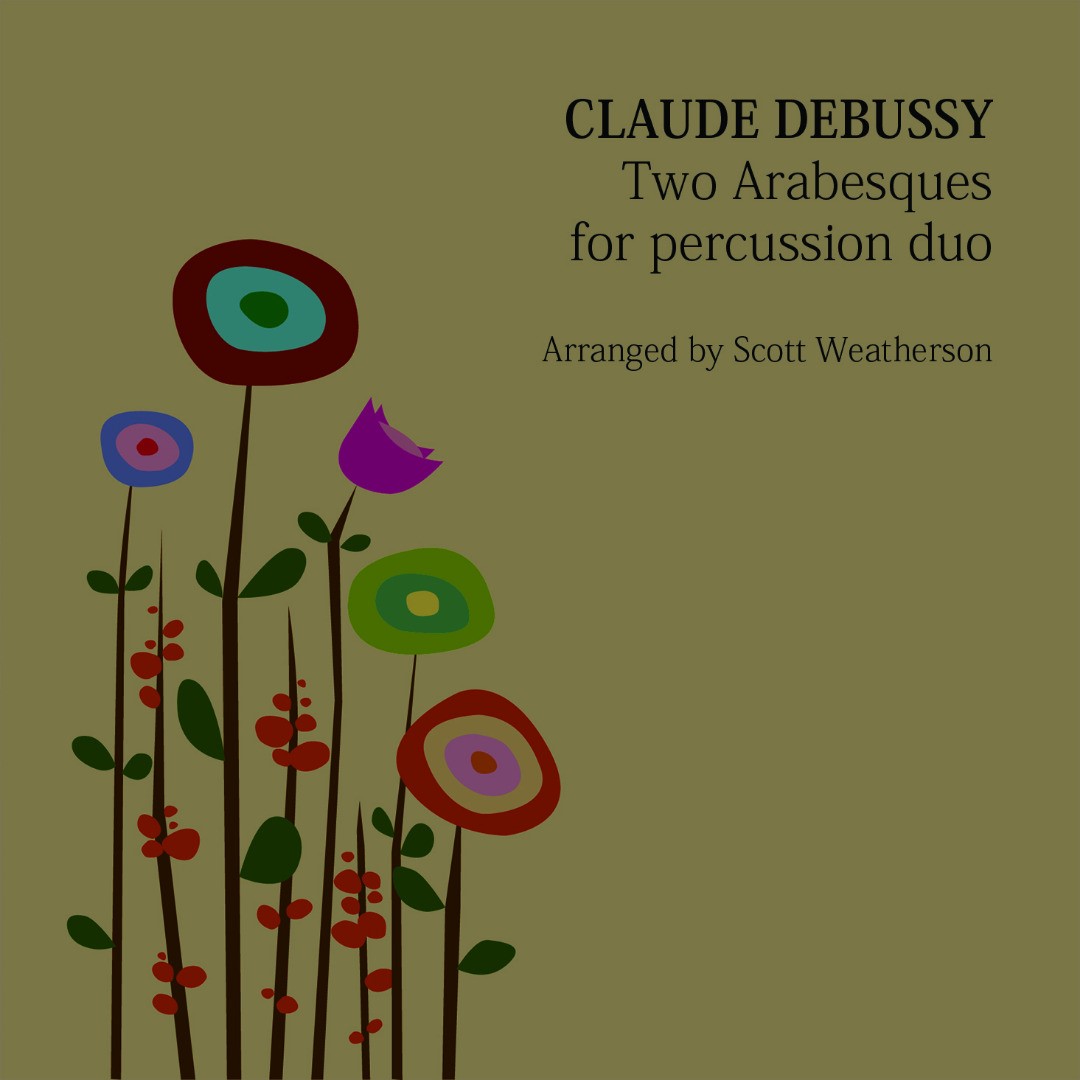
Two Arabesques
Composer: Claude Debussy
Instrument: Percussion Duo
Level: Intermediate
Published: 2014
Price: €20.00
Item details
-
Description +
-
Arranged by Scott Weatherson
Duration: 5 min.
Originally written for piano solo, the Two Arabesques (L. 66) by Claude Debussy was composed between the years of 1888-1891. Here it is presented as a duo between vibraphone and marimba (5 octave). While the vibraphones sustain pedal is well suited to sustained melodic or arpeggiated lines from the piano original, and the bass range of the 5 octave marimba more suited to play the lower register of the piano, this arrangement utilizes the different timbres of each instrument to share the melodic and accompaniment material equally.
The Première Arabesque (Andantino con moto) flows freely and smoothly from one sonority to the next with long arpeggiated lines moving up and down the instruments. The Deuxieme Arabesque (Allegretto Scherzando) is, as the tempo indicates, a faster and more playful movement with a more rhythmic feel, the staccato touch of each instrument contrasting with the sustained sounds of the previous movement.
-
-
Instrumentation +
-
Percussion Duo
Required Instruments:
1 Vibraphone
1 Marimba (requires 5 octave marimba)
-
-
Watch+
-
About the composer +
-
Claude-Achille Debussy (22 August 1862 – 25 March 1918) was a French composer. Along with Maurice Ravel, he was one of the most prominent figures associated with Impressionist music, though he himself disliked the term when applied to his compositions. He was made Chevalier of the Legion of Honour in his native France in 1903. Debussy was among the most influential composers of the late 19th and early 20th centuries, and his use of non-traditional scales and chromaticism influenced many composers who followed.
Debussy's music is noted for its sensory content and frequent usage of nontraditional tonalities. The prominent French literary style of his period was known as Symbolism, and this movement directly inspired Debussy both as a composer and as an active cultural participant.
-
-
Credits +
-
Front Cover Graphics and Layout: Ronni Kot Wenzell
Engraving: Scott Weatherson & CPH Engraving
Printed in Copenhagen, Denmark
Copyright © Edition Svitzer
www.editionsvitzer.com
-

